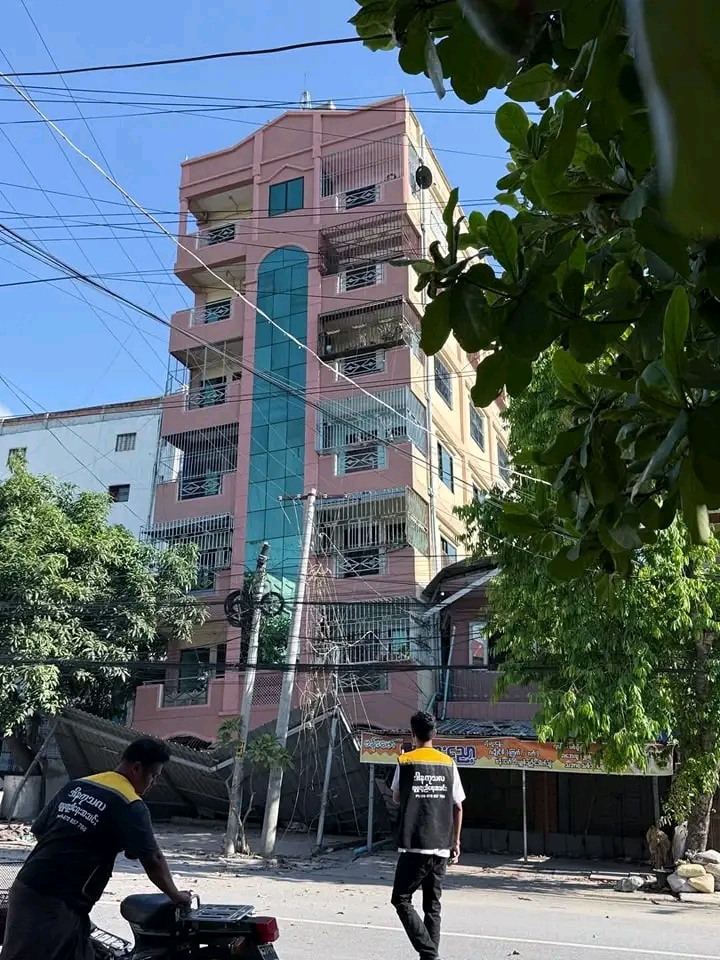
Armenia’s freight transport industrys
Armenia’s freight transport industry is undergoing significant transformation, influenced by economic shifts, infrastructural developments, and geopolitical dynamics.
Current Landscape
In 2024, Armenia experienced a 10.2% decline in cargo transportation compared to the previous year, totaling approximately 15.2 million tons. Road transport remained predominant, handling over 12.2 million tons, though it saw an 8% decrease. Rail freight suffered the most substantial drop, plummeting by 32.9% to 1.3 million tons. Conversely, air freight increased by 21.1%, reaching 37,100 tons, indicating a growing demand for rapid delivery services .
Market Dynamics
Despite recent downturns, the Armenian freight and logistics market is projected to grow from USD 1.27 billion in 2025 to USD 1.65 billion by 2030, with a compound annual growth rate (CAGR) of 5.43% . This growth is fueled by Armenia’s strategic location as a bridge between Europe and Asia, increasing e-commerce activities, and government-led infrastructure projects.
Infrastructure and Connectivity
Key initiatives like the “North-South Road Corridor Investment Program” aim to enhance internal connectivity, linking the southern border with the northern regions through a 556 km highway. Additionally, the proposed “Crossroads of Peace” project seeks to improve Armenia’s links with neighboring countries, potentially restoring regional cooperation and promoting mutual understanding .
Challenges
Armenia’s landlocked position presents inherent logistical challenges, compounded by closed borders with Turkey and Azerbaijan. Dependence on routes through Georgia, particularly the Upper Lars checkpoint, often leads to delays due to weather conditions and congestion . Furthermore, integration into the Eurasian Economic Union (EAEU) has introduced complex customs procedures and certification requirements, increasing operational costs and administrative burdens for freight operators .
Opportunities
The rise of e-commerce and digitalization presents opportunities for logistics providers to offer innovative solutions, such as real-time tracking and automated warehousing. Government initiatives, including tax incentives and trade facilitation measures, are attracting foreign investment and fostering a favorable business environment . Moreover, the development of Free Economic Zones (FEZs) offers incentives like tax exemptions and streamlined customs processes, promoting export-oriented industries .
Future Outlook
To capitalize on these opportunities, Armenia must continue investing in infrastructure, streamline customs procedures, and embrace digital technologies. Enhancing road safety and building climate-resilient infrastructure are also crucial for establishing Armenia as a reliable logistics hub . With strategic planning and regional cooperation, Armenia’s freight transport industry is poised for sustainable growth in the coming years.



Leave a Reply